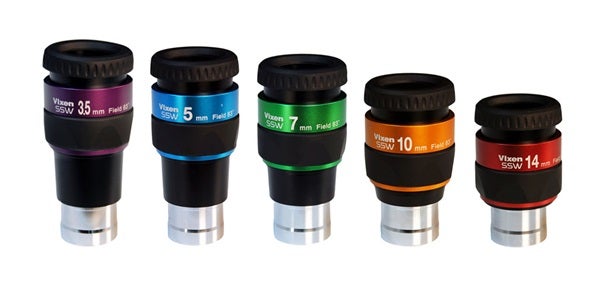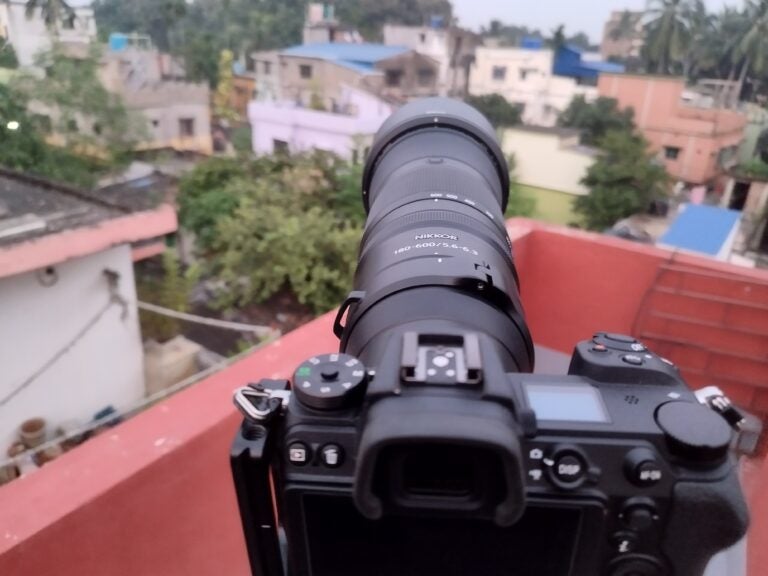Background
A mere 50 years ago, most observers considered simple Huygens or Ramsden eyepieces to be their standards. A few might have acquired a more advanced Erfle, Kellner, or even an Orthoscopic design. Like telescopes and mounts, eyepieces also have evolved significantly, and many of today’s eyepieces feature new and improved optical designs, glass, coatings, and manufacturing techniques.
Eyepieces have distinct features, including focal length (which determines the magnification) and apparent field of view — the angular diameter the eyepiece “sees.” The larger the apparent field, the greater the true field of view through the telescope will be.
The apparent field of view has a range of 20°— considered a narrow field of view — to an extra-wide field of 100° or more. A small field of view reminds me of looking through a paper towel tube; you concentrate on the subject (usually a planet) but miss a lot of the universe around you. To gain a larger field of view requires a more sophisticated design, one that includes more elements (pieces) of high-quality glass.










